Home> Technical Articles> Bearing rust prevention method reference
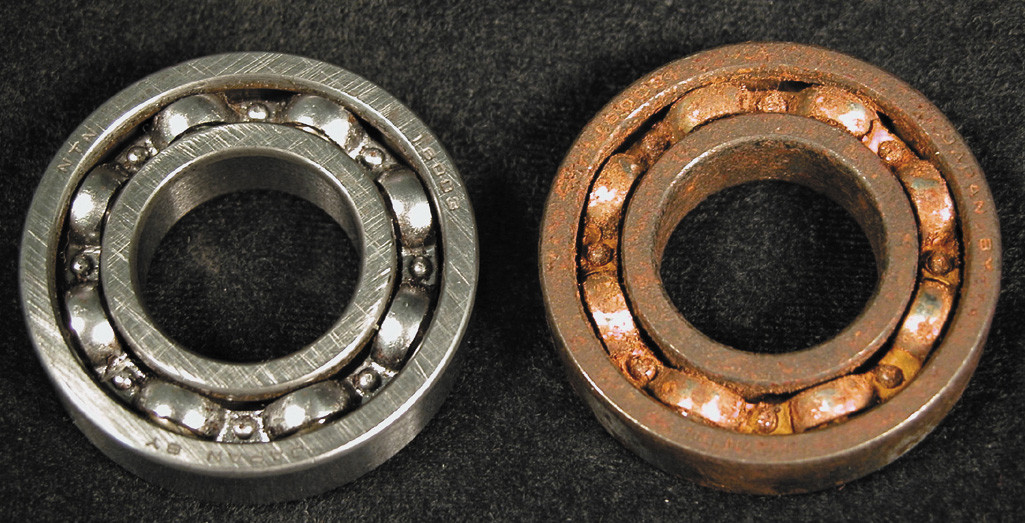
1) Surface cleaning: Cleaning must be based on the nature of the surface of the rust-preventing material and the conditions at the time. Commonly used are solvent cleaning, chemical cleaning and mechanical cleaning.
2) Dry and clean the surface, dry it with filtered dry compressed air, or dry it with a dryer at 120~170 °C. Dry it with clean gauze.
Method of applying anti-rust oil:
1) Immersion method: Some small items are immersed in anti-rust grease, so that the surface is adhered with a layer of anti-rust grease. The oil film thickness can be achieved by controlling the temperature or viscosity of the rust preventive grease.
2) Brushing method is used for outdoor construction equipment or special shape products that are not suitable for soaking or spraying. When painting, it is necessary to pay attention not to accumulate, but also to prevent leakage coating.
3) Spray method Some large-scale rust-proof materials cannot be oiled by immersion method. Generally, the compressed air with a pressure of about 0.7Mpa is sprayed in an air-cleaning place. The spray method is suitable for solvent-diluted anti-rust oil or thin-layer anti-rust oil, but it must adopt perfect fire and labor protection measures.
What are the main factors affecting bearing corrosion?
Bearing corrosion is caused by a variety of intrinsic and extrinsic factors, which are summarized as follows:
1 bearing material itself chemical composition and structure;
2 bearing surface finish (oxygen concentration difference battery corrosion);
3 the composition of the solution in contact with the bearing surface and the pH value;
4 ambient temperature and humidity;
5 Various environmental media in contact with the bearing surface.
What is the method of bearing rust?
The most common way to prevent rust is to wear "clothes" on the iron - paint the surface of the iron or plate other bearings that are not easily rusted. For example, the car is dressed in a shiny paint; on the heating pipe Painted with aluminum paint; the tinplate for canning is coated with tin; the surface of the tin on the roof is covered with a layer of zinc; your fountain pen is inserted with a layer of chrome or nickel. A more thorough approach is Inject iron into a "strong heart" - add other bearings.
Made of stainless steel. The famous stainless steel is an alloy made by adding a little nickel and aluminum to the steel.
Rust prevention should take appropriate measures for the cause of bearing corrosion. Common methods are:
[Changing the internal structure of the bearing] For example, various corrosion-resistant alloys are produced, such as stainless steel by adding chromium, nickel or the like to ordinary steel.
[Protective layer method] Cover the bearing surface with a protective layer to isolate the bearing product from the surrounding corrosive medium to prevent corrosion. Such as: 1. Apply oil, petroleum jelly, paint or non-bearing materials such as enamel and plastic to the surface of steel parts. 2. Electroplating, hot-plating, spraying, etc., the surface of the steel is coated with a layer of bearings that are not easily corroded, such as zinc, tin, chromium, nickel, and the like. These bearings are often oxidized to form a dense oxide film that prevents corrosion of steel such as water and air. 3. Chemically, a fine and stable oxide film is formed on the surface of the steel. For example, a fine black ferrotitan tetraoxide film is formed on the surface of steel parts such as machine parts and guns.
[Electrochemical Protection Method] The primary battery principle is used to protect the bearing, and the primary battery reaction that causes galvanic corrosion is sought to be eliminated. Electrochemical protection methods are divided into two categories: anode protection and cathodic protection. More applications are the cathodic protection method.
[Treatment of Corrosive Media] Eliminate corrosive media, such as cleaning equipment, placing desiccant in precision instruments, and adding a small amount of corrosion inhibitor to the corrosive medium to slow down the corrosion rate.
[Electrochemical Protection] The protected bearing is used as the cathode of the etching battery so that it is not corroded, so it is also called the cathodic protection method. There are two main methods of this method:
[Sacrifice Anode Protection Method] This method is to connect a lively bearing (such as an alloy of zinc or zinc) to a protected bearing. When galvanic corrosion occurs, the active bearing acts as an oxidation reaction of the negative electrode, thereby reducing or preventing being Protect the corrosion of the bearings. This method is often used to protect steel piles and sea-going shells in water, such as the protection of steel gates in water. Usually, several pieces of zinc are welded on the ship's outer waterline or near the rudder of the propeller to prevent the ship's hull, etc. Corrosion.
[Applied current protection method] Connect the protected bearing to the negative pole of the power supply, and select an electrically conductive inert material to connect to the positive pole of the power supply.
After being energized, a negative charge (electron) is accumulated on the bearing surface, thereby suppressing the loss of electrons of the bearing for protection purposes. This method is mainly used to prevent corrosion of bearing equipment in soil, sea water and river water.
Another method of electrochemical protection is called the anode protection method, which is a process in which the anode is passivated in a certain potential range by applying a voltage. It can effectively block or prevent corrosion of bearing equipment in acids, alkalis and salts.
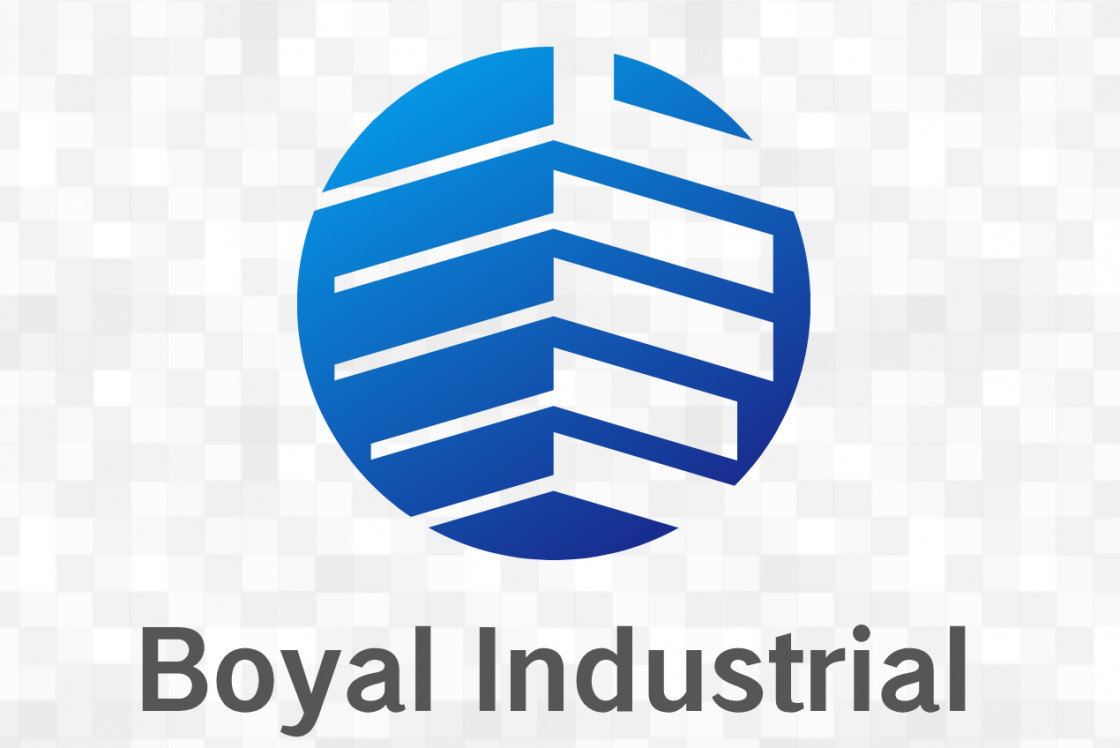

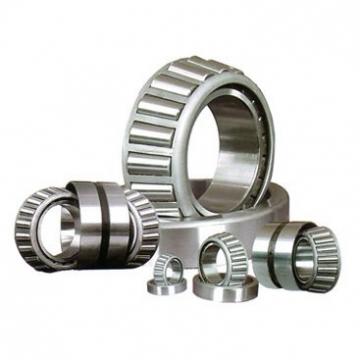 LL217849/LL217810 Fersa Tapered Boller Bearings
LL217849/LL217810 Fersa Tapered Boller Bearings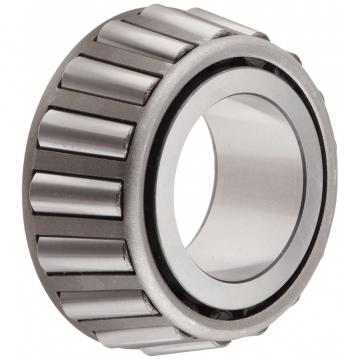 02872/02820 CX Tapered Boller Bearings
02872/02820 CX Tapered Boller Bearings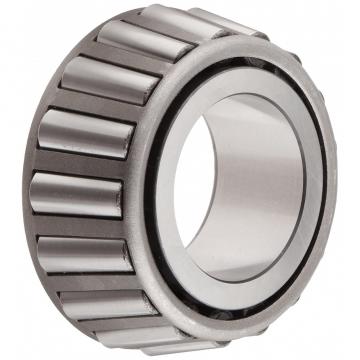 32017-X NKE Tapered Boller Bearings
32017-X NKE Tapered Boller Bearings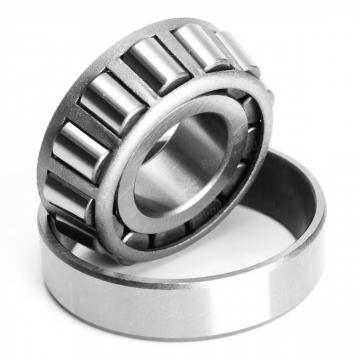 932006.C.H206 SNR Tapered Boller Bearings
932006.C.H206 SNR Tapered Boller Bearings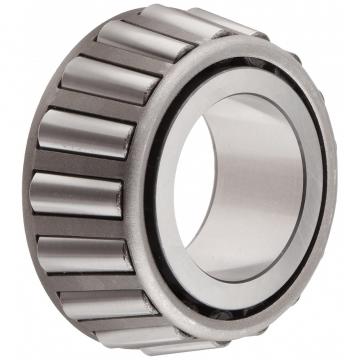 6580/6535 CX Tapered Boller Bearings
6580/6535 CX Tapered Boller Bearings